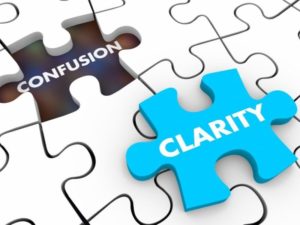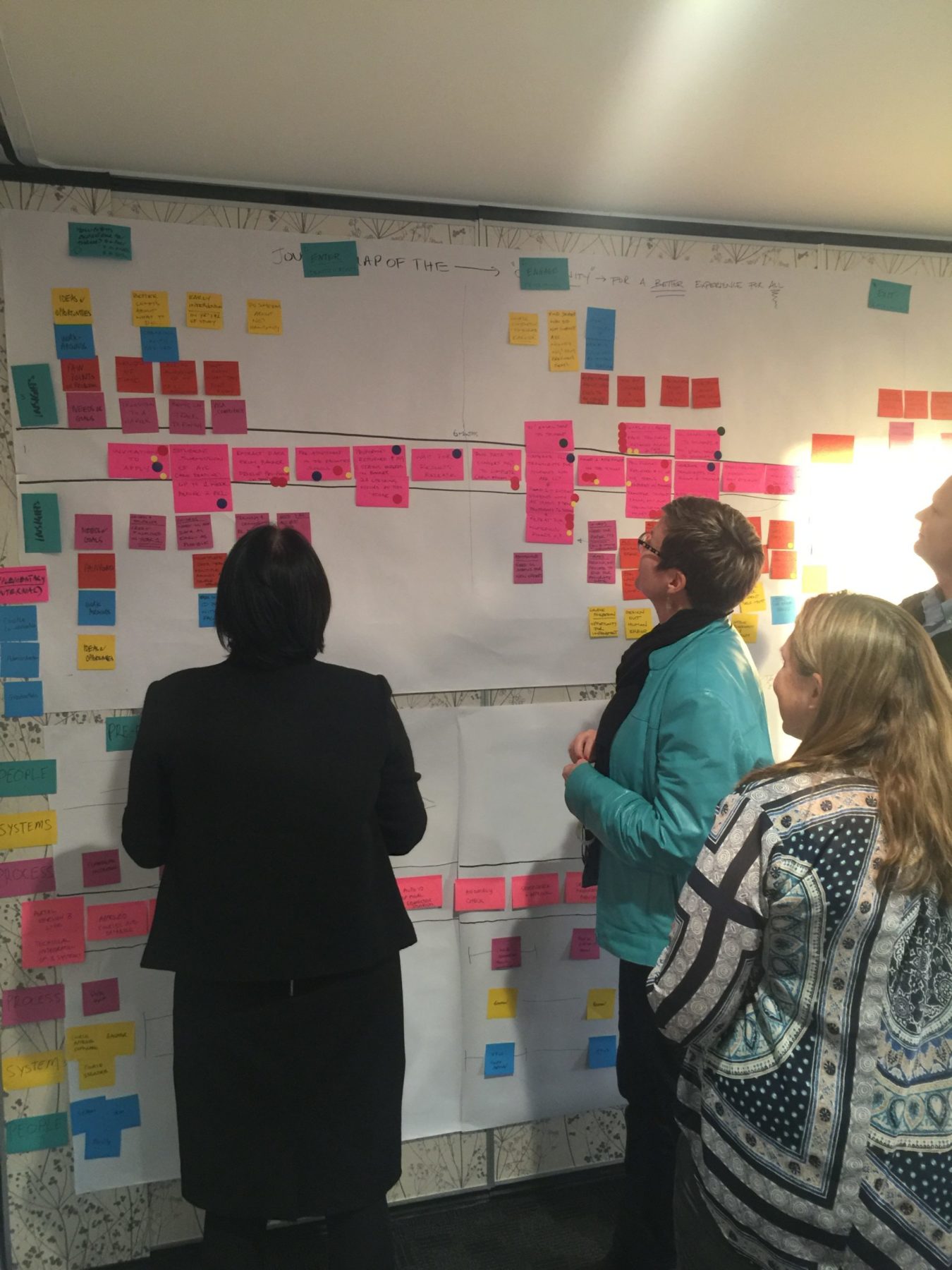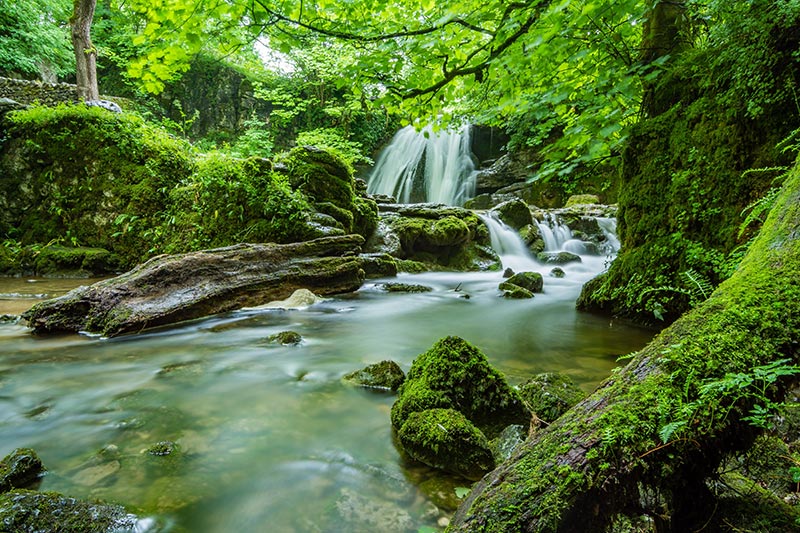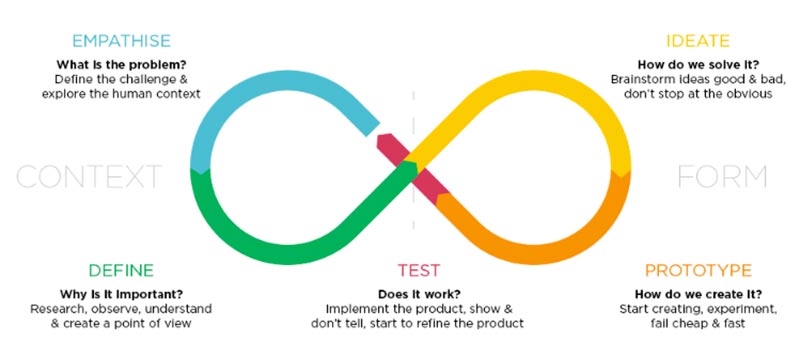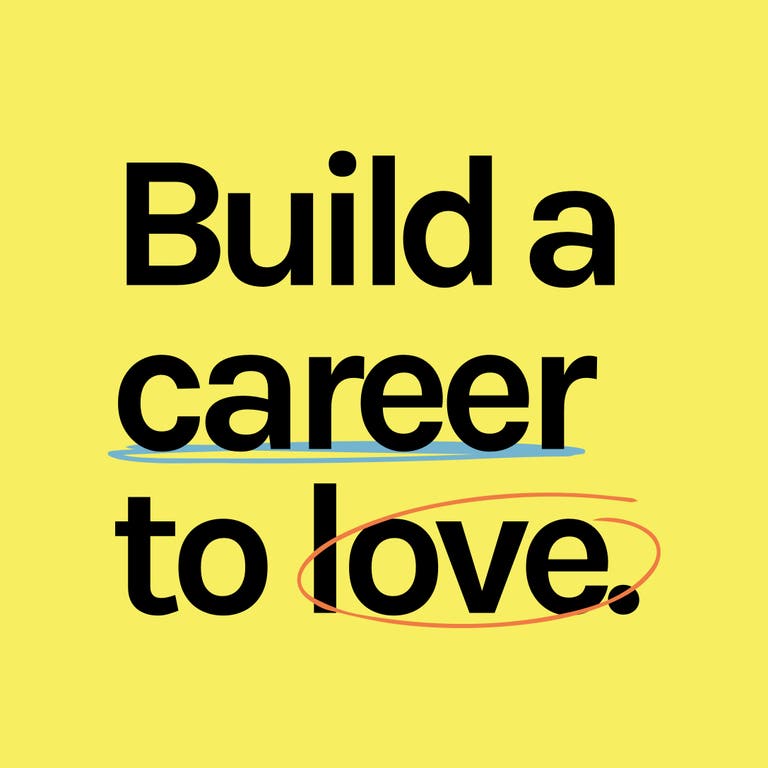I was fortunate tonight to join the Wiser Conversation hosted by Derek Handley, and be part of an illuminating interview with Boyd Varty – a Lion Tracker, a Storyteller, and a Life Guide. But he’s not your average life coach – actually not your average human. A wildlife and literacy activist Boyd is also an acclaimed author of Cathedral of the Wild & Live Life like a Tracker. You won’t be surprised to hear he had an unconventional upbringing. – born to a family of conservationists, Boyd grew up on Londolozi Game Reserve in the South African wilderness, a place where man and nature strive for balance, where perils exist alongside wonders.
Since childhood, Boyd shared his home with lions, leopards, snakes, and elephants and has spent his life in apprenticeship to the wisdom of nature. Boyd survived a harrowing black mamba encounter (amongst other things) and as a result of living on the reserve and in villages speaking local indigenous languages, nature has become a central part of his upbringing and now forms his core driving philosophy.
There couldn’t be a better time in life I don’t think to learn from someone like him. Here’s what I took out of this remarkable 45mn conversation (which I have to admit, was extremely hard to summarise in a short narrative – so bear with):
Almost all of us, at some stage, start to question our life purpose. Whether because we have reached the ideals that our society and our culture tells us is ‘success’, or we have a cataclysmic life event that occurs, or simply we have long fostered a deep desire for more meaning and abundance in our life.
And so, we start to wonder. What is our purpose? How can we be more fulfilled? What are we actually looking for? For many of us we just don’t know. All we do know, is that all that we have taught should be making us happy, isn’t.
And that is the beginning – that awakening – that realisation and desire for more, is the start of the track. Not knowing your destination will be deeply uncomfortable, but according to Boyd “you have to go, without knowing where”.
That is when the path opens up in front of us. And if we like – we can start living life, like a tracker.
Trackers learn the art of “following something that very few others can see, or are even aware of”. They might walk down a track many times, before they see things that matter. Boyd’s trainer would continuously ask him – “tell me what you can see?” He openly confesses, it took even him many many years to learn the art of observation, and the art of stillness and presence, that is so necessary to become a tracker.
Trackers do 3 things that are skills for life:
Firstly – they have a deep commitment to the process. They start out on a journey, with no idea where the destination is, or if they will even make it. It’s not about the destination. Each step on the journey brings them energy and joy. Because they have to do many things at once to stay alive – they are living in a constant state of discovery. They live fluidly. Their actions are constantly affecting their next move, and every day requires full presence.
The track itself, is their purpose.
Secondly – they look continuously for signals from nature and their intuition, to check they are still on track. Day by day, moment by moment, they remain alert to their surroundings and momentarily, create their unseen track. They watch and observe what is working and what isn’t, and adjust their path accordingly. And when they lose their track? They do one of two things. They either go back to when they felt like they were ‘most right’ on track, when things felt right, or – they start trying new thing, they go into exploration mode. Their process, is one of continuously finding the path that is ‘not right’, and staying on the path that feels ‘most right’, based on their observations and their intuition.
Thirdly – they live their life alone in nature. Attuned, quietly, observantly to the intelligence present in the natural environment around them. They don’t rely on technology, and they rarely have any comparative ideals to follow – they rarely know if they are right, as they are not comparing their track to anyone else’s. They live on instinct, and reading their energy to adjust their paths.
Can you see the lessons?
Boyd believes that inside all of us is our ‘wild self’ – our true essence, our strongest most vital & passionate version of us as humans. Yet our wild-self gets layered as we have adapted to live mainly commercialised lives.
We get layered by our ‘social self’ – the one we want others to see, to make us believe we are living up their ideals. We allow ourselves to become over-socialised until we can no longer see our true, wild-self.
We get layered by our ‘cultural self’ – the one that tells us what to aspire to, in order to be a success. We have taught ourselves to continuously be comparative to others in the quest to achieve that success, and to live by ideals we have inherited but rarely chose. Caught up in the noise, our wild-self goes quiet.
And we can no longer see our path.
Our path can also be hidden: behind the roles that we have been assigned – as mothers or bosses or trades-people. Societally constructed labels that define our role in the world, that make our path seem rigid and binary.
And lastly trauma – as Boyd defines it “things that have happened to us that shouldn’t have, or things that we believe should have happened to us, that didn’t”.
All of these layers and triggers keep us on the wrong path, keep us from living live most abundantly.
To find our true path, the path our wild-self is searching for, we need to tune our attention to the experiences that make is feel most alive – most expansive. Listen to what we are naturally curious about. Get out of our head, and get in tune with our bodies. Find what makes us feel most energised – the people, the environment and the things. These are the clues – just like nature sends trackers clues to indicate if they are on the right path, clues are all around us if we can just pause and be sensitive enough to see them.
And get back to nature. Boyd talked about how at any one point in time there are at least 30,000 mystics living in nature, in solitude. He believes we should all spend at least 1.5 hours per day alone, in nature, without any technology. Only then will we start to feel truly connected to the energy of nature and start to be able to be more intuitive towards reading our own energy and seeing things formerly unseen.
So how do we start? Ironically, if you have no idea where you are going, that is the beginning. You are open to finding a new path. And you just start. Be still. Slow down. Start living more simply. And observe. Listen, watch and follow your instinct. Remove the energy drainers from your life, and be more open and inclusive to the things that bring you energy. As he says “reverence doesn’t come, from being continuously at high speed”.
Boyd admits it can be challenging living like this, but his belief is we are the only ones that can be the architect of change in our lives. We are the only ones that can – slowly, incrementally, day by day, start to make small changes that get us on the right path. Just like a tracker. Fearful – maybe. But alive, and moving forwards.
———-
For more information on Wiser Conversations by the Aera Foundation, click here. To find out more about Boyd Varty visit his website.
This article was written by Melissa Jenner – Founder of START Now, and Co-Founder of Actualise. Melissa is a human innovation specialist, and works with both companies and individuals to help people design more purposeful and sustainable careers.

